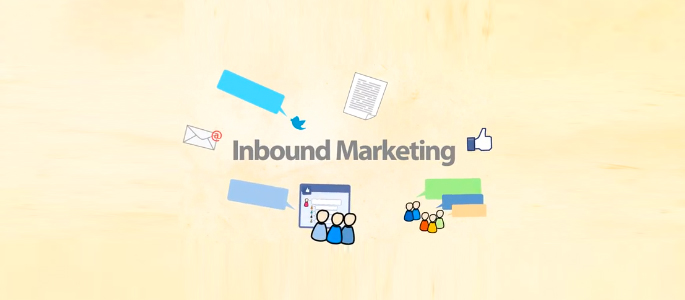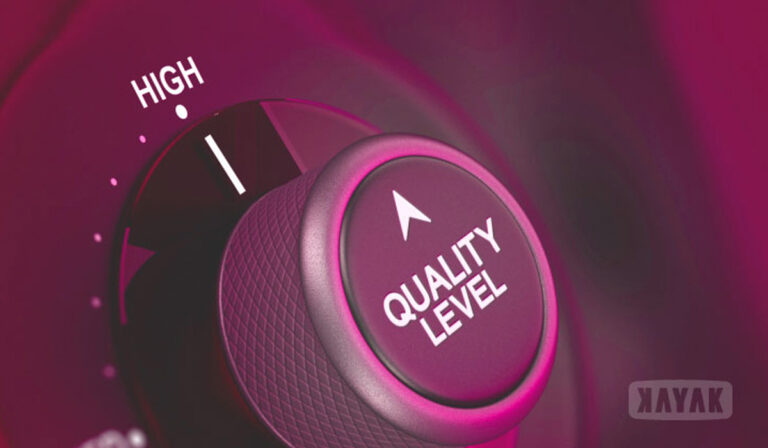Turning Pay per Click into Clicks that Pay
Recently, I talked about the hidden costs of PPC management and the companies that deploy a managed/commissioned approach to them. The art of attracting paid search traffic is a huge topic, though, and there is another side to the coin. Use AdWords intelligently, and you can discover a useful tool for bringing valuable visitors to your website.
With that in mind, let’s shake off all those fuzzy untruths and get closer to my three real truths of Google AdWords…
Truth #1 Using AdWords Does Not Require Day-to-Day Management
Constantly changing elements in your PPC campaigns is like day trading stocks – you will occasionally hit upon a good idea, but are likely going to end up toasting your ad budget in the process. Certainly, some adjustment is going to be smart, but probably not as much as you’d think.
Success with pay-per-click advertising is about relevance and quality. When you lose sight of that fact, it’s easy to get into the habit of micromanaging every element of your campaign to the point where you’re swapping keywords, changing headlines, and increasing your budget continually, without any sense of whether these changes are actually helping you or not.
Once you start looking for instant results, it’s easy to overlook the bigger trends, and opportunities, that are right in front of you. For example, many marketers will fall into the trap of creating dozens of ad variants (causing a need to filter them with negative keywords), without ever thinking of how those ads or words align with the content that’s found on destination landing pages. If those elements don’t match, or the searcher’s expectation isn’t met, lead generation is destined to suck.
There is always room for experimentation and testing, but if you’re making changes on a daily basis, you’re unquestionably doing it wrong.
Truth #2 Your AdWords Quality Score is a Diagnostic Tool, Not a Performance Indicator
Google’s introduction of the quality score system was groundbreaking in many ways. The search engine giant realized better ads are a good thing for everyone, and so they put in place a system where higher-quality ads earn a higher rank (and lower costs-per-click, better ad positions, and eligibility for improved ad extensions in the process).
All of this is great for searchers and advertisers alike. However, many marketers (PPC firms and SEOs as well) who don’t understand the real concept behind Quality Score, and focus on all the wrong elements as a result.
AdWords Quality Score doesn’t tell you how well your ads and campaigns will perform – just how well you are matching a set of pre-defined metrics. Your real goal should be to focus on generating a positive user experience, which leads to engagement, return visits, and other equally wonderful things (for example, sales).
Another way to look at this is to think of your Quality Score as a leading indicator. It’s three main components are relevance, expected click through rate, and landing page quality. Examining each of these is just a way to quantify the key question: what level of “user delight” is there for the searcher who finds your page? How happy is he or she going to be with their decision to click on your ad?
Beyond that, it’s just a matter of managing the optimal number of ad variants for quality. To that end, it helps to remember that…
- The user’s device: does matter
- Relevance to the user’s intention: does matter
- For newly-launched keywords, your performance on related keywords: does matter
- How you structure your AdWords account: doesn’t matter
- Whether or not you run your ads on other networks: doesn’t matter
- And, your ad’s placement on the page: doesn’t matter
Truth #3 AdWords Work, When You Put the Right Things First
The old advice to college graduates is: “do what you love, and everything else (like money and success,) will follow.” In the world of AdWords, we could tweak that to: “do what’s best for your prospects and business, and everything else will (or at least should) naturally follow.”
The fundamentals of your marketing plan, and the principles behind building a positive user experience, are far more important than any algorithmic score. And, aren’t likely to be improved by constant tinkering.
There are sometimes going to be differences between what you see in the results of a real-time auction and the Quality Score indications that appear in your account. You’re always going to have some idea of how you’re doing, but be careful not to “chase a number” because the real goal of your campaigns is to meet customer expectations and be profitable, not to impress some software.
When your marketing is relevant, compelling, and focused – when you write ads that are interesting to your most important customer personas and deliver on what you promise – you can be confident searchers will respond and your AdWords Quality Score will be perfect, no matter what the number says.
{{cta(‘383440e0-91aa-4e69-b3f7-8d100fac46cc’)}}







